What Is Precision Farming, Its Benefits, and Top Precision Farming Technologies?
With global food demand rising and the need for sustainable resource management, the agricultural industry stands at a critical crossroad. Conventional farming practices are reaching their limits, prompting the adoption of innovative approaches. Precision farming, or precision agriculture, has emerged as a formidable force, reshaping the agricultural landscape. Its market potential is expected to exceed 15 billion dollars in the coming years.
What Is Precision Farming?
The concept of precision farming encompasses various interpretations. According to the International Society of Precision Agriculture, precision farming is defined as a management approach that involves the collection, processing, and analysis of temporal, spatial, and individual data. This data is then combined with other relevant information to facilitate decision-making based on estimated variations. In simple terms, it's about using technology and data to farm smarter and get the most out of every resource.
Benefits of Precision Farming Solutions
By leveraging cutting-edge technologies and data-driven insights, precision farming presents a myriad of benefits that optimize crop management, boost operational efficiency, and foster sustainable agricultural practices. In the United States and Canada, farmers have experienced several key advantages through the adoption of precision farming techniques. Let's explore these benefits in more detail.
Increased Crop Yield and Productivity
Precision farming holds the promise of substantial growth in achieving higher crop yields, a top priority for farmers. Recent research by McKinsey reveals that 61% of North American farmers see increasing yields as a highly promising opportunity in 2024. With a capability to plant and seed precisely, optimize plant spacing, and select suitable crop varieties for specific fields, precision agriculture empowers farmers to make informed decisions and fine-tune their operations. This tailored approach maximizes resource efficiency and ultimately leads to improved yields.
Efficient Use of Resources (Water, Fertilizers, Pesticides)
Agriculture is both a major cause and a casualty of water scarcity. Currently, farming accounts for almost 70% of all water withdrawals, and up to 95% in some developing countries. Although resource conservation may not be the primary objective of precision farming, it is an inherent outcome when crops receive a carefully calculated amount of nutrients. A notable example is demonstrated in the findings of the Smart Watering report, which highlights that precision farming practices have the potential to save over 20% of water annually.
Besides, The Environmental Benefits of Precision Agriculture study indicates that farmers who consistently integrate a range of precision agriculture technologies have experienced significant outcomes:
- 7% increase in fertilizer placement efficiency
- 9% reduction in herbicide and pesticide usage
- 6% decrease in fossil fuel consumption
- 4% reduction in water usage.
These advancements in precision agriculture underscore its positive impact on resource optimization and environmental sustainability.
Cost Savings
Partially thanks to improved resource management, precision farming offers the potential for significant cost savings. A study conducted by University of Illinois analyzed the experiences of 10 early adopters of precision farming technology, encompassing around 25 different tools and practices, including yield monitors, auto steer, mapping, sensors, and drones. The findings were remarkable: farmers estimated an average net benefit of nearly $90 per acre and an average benefit-cost ratio of 9.7 to 1. This impressive outcome is the result of the synergistic integration of various technologies, showcasing the benefits of adopting a comprehensive precision farming approach.
Top Precision Farming Technologies
The realm of precision agriculture is driven by an array of cutting-edge technologies that are reshaping the agricultural landscape. While the field is continually evolving, here are some of the top precision farming technologies that have gained prominence.
1. Remote Sensing
Remote sensing is the process of collecting information about the surface and atmosphere from a distance using specialized sensors and instruments. It provides valuable data on aspects like land cover, vegetation health, and atmospheric conditions, enabling informed decision-making in various industries. With significant growth potential, this technology holds promising prospects for further development.
Remote sensing is vital in precision agriculture, helping the farmers to keep an eye on their assets and enabling data collection and analysis on soil conditions, crop health, and environmental factors. Utilizing specialized cameras on satellites or aircraft, remote sensing imagery provides a visual representation, aiding farmers in interpreting the landscape effectively. Here are how these images can look from a custom solution developed by Infopulse.
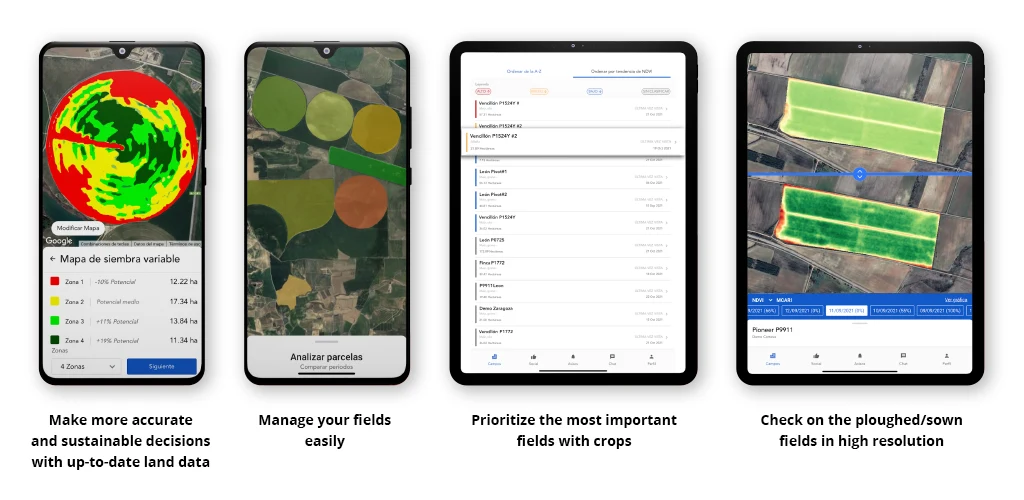
Case in point. Infopulse developed a land management app that leverages remote sensing technology for one of the Fortune 500 corporations. The app offers insights into land quality, ownership status, historical crop data, and more, which allows our client to make data-driven decisions for optimized resource management.
2. Internet of Things (IoT)
Currently, studies project a significant growth of 35 to 56 percent in food demand by 2050. This rising need for food production amid the growing population is a key driver of the IoT usage in farming. Also, it is forecasted that the global agricultural IoT market will achieve a value close to 29 billion U.S. dollars by 2030.
The survey about IoT adoption in agriculture claims that the core focus of IoT solutions is to facilitate farmers in balancing the supply and demand dynamics. In precision farming, IoT technology utilizes interconnected devices and sensors for real-time data collection in the field, monitoring parameters like soil moisture, temperature, and crop health. A specific use case of IoT application is the aforementioned remote sensing. While IoT focuses on immediate data collection from connected devices, remote sensing involves gathering data from afar, using imaging technologies.
3. Unmanned Aerial Vehicles (UAVs) or Drones
Drones, or unmanned aerial vehicles (UAVs), are flying devices that operate without a human pilot, either controlled remotely or programmed to fly autonomously. They have emerged as a valuable tool in agriculture, particularly for remote sensing — equipped with sensors and cameras, drones provide farmers with a bird's-eye view of their fields. This enables the efficient monitoring of crop health, disease detection, and pest control.
Drone spraying techniques optimize the application of pesticides and fertilizers, resulting in increased yields and cost savings. Furthermore, drone mapping capabilities help identify distressed areas in the field, allowing for targeted interventions and improved crop management. According to the World Economic Forum, the use of drones can optimize the application of pesticides or fertilizers, leading to a 15-20% increase in income.
4. Automated and Robotic Systems
Automation and robotics have made significant advancements in agriculture, revolutionizing labor-intensive tasks. A recent research estimates that spending on robots will go from nearly $5 billion in 2021 to almost $12 billion in 2026.
Automated and robotic systems perform various tasks such as planting, harvesting, and weeding with precision and accuracy. Powered by advanced technologies like artificial intelligence and computer vision, they optimize resource allocation, reduce waste, and boost overall productivity. Extensive studies and field tests have demonstrated that robots have the potential to decrease fuel consumption by an impressive 50 to 90 percent, depending on the specific robot model and application.
5. Big Data & Analytics
Today, farmers are able to make better decisions thanks to the massive amounts of data they can collect from different data sources, namely the aforementioned remote sensing and IoT networks. Having all this data at hand, businesses can sieve through it with advanced analytics solutions and find new ways to enable optimal resource allocation, crop planning, and effective management of challenges like pests and adverse weather.
The experimental results indicate that the implementation of the big data analytics agriculture monitoring system (BDA-AMS) brings about several benefits, including the ability to predict crop yield, reduce labor, and enhance agriculture monitoring systems. By employing convolutional neural networks, the system acquires raw images from UAVs and facilitates early predictions of crop yield based on predefined parameters and achieves the following results:
Case in point. Our client, an international agro-holding, gained access to a wealth of data and advanced analytics capabilities after Infopulse implemented a mobile application developed using Microsoft Power Apps. The application allowed them to perform over 100+ calculation scenarios, analyze historical data, and make informed decisions. The solution also included the utilization of Power BI reports to gain valuable insights and optimize their grain-related processes. With the power of big data analytics at their fingertips, the client achieved improved efficiency, optimized resource allocation, and enhanced decision-making in their grain management operations.
6. Farm Management Software
Custom farm management software provides farmers with an all-in-one platform, optimizing planning, real-time tracking, and decision-making. Currently, farm management software market is experiencing remarkable growth, with a market size estimated to reach 5.1 billion US dollars in the coming years. Farm management software is categorized into different types based on their type and options that cater to various agricultural applications.
The applications and use cases of software vary across combinations, offering versatile solutions to meet diverse agricultural needs. For example, livestock monitoring becomes a walk in the park with farm management software. Instead of worrying about individual animal health, farmers can now track the well-being of their flocks and herds through automated processes. Similarly, through the digital partnership of aquaculture with farm management software, fish farmers track the pH level of the water and adjust it as needed for the best fish growth.
Conclusion
The prospects for precision technologies in farming are bright, driven by the growing desire among farmers to embrace these innovative tools. Globally, 39% of farmers have either adopted or expressed a willingness to adopt at least one farming technology. Among the most favored ones for adoption are management software, precision agriculture hardware, and remote sensing.
Being a comprehensive system, precision farming goes beyond traditional farming methods, starting from crop planning and extending throughout the entire agricultural lifecycle, including post-harvest processing.
![Precision Farming Technologies [banner]](https://www.infopulse.com/uploads/media/banner-1920x528-precision-farming.webp)
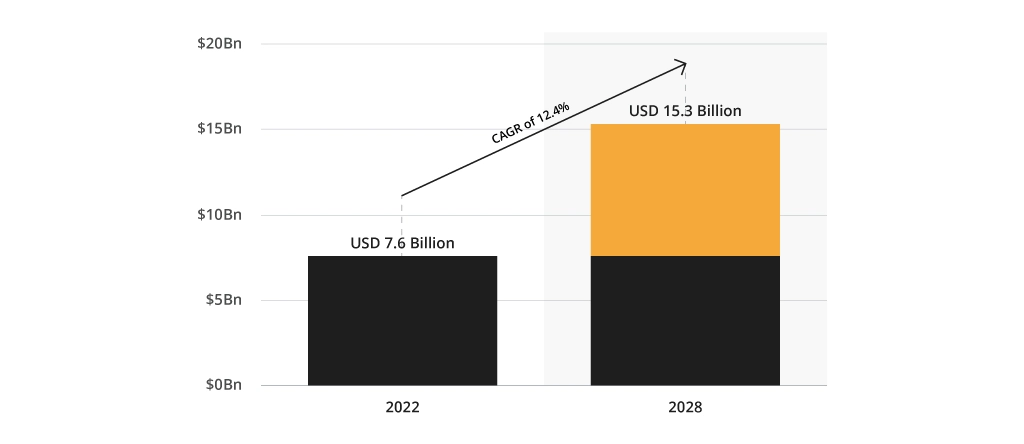
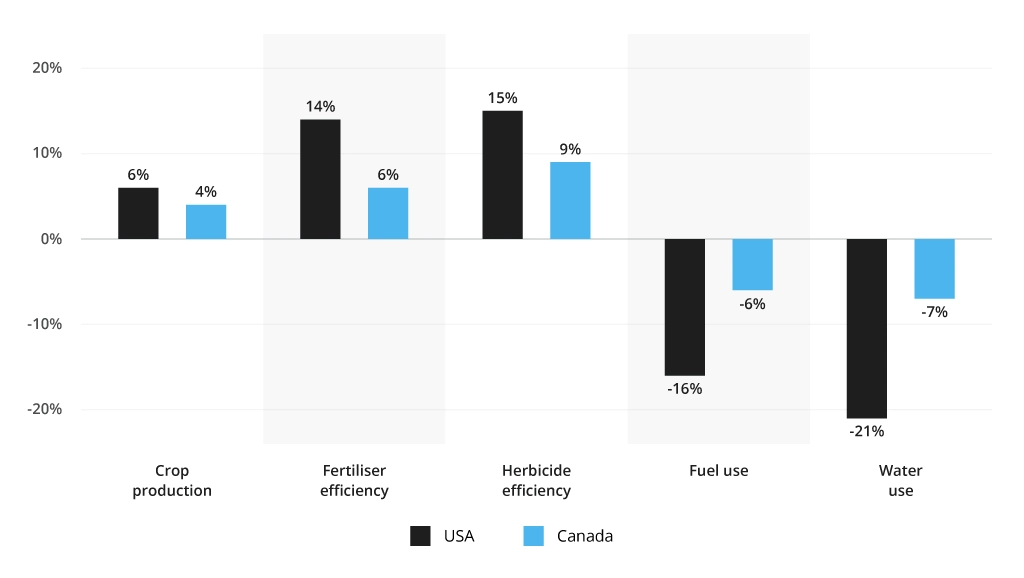
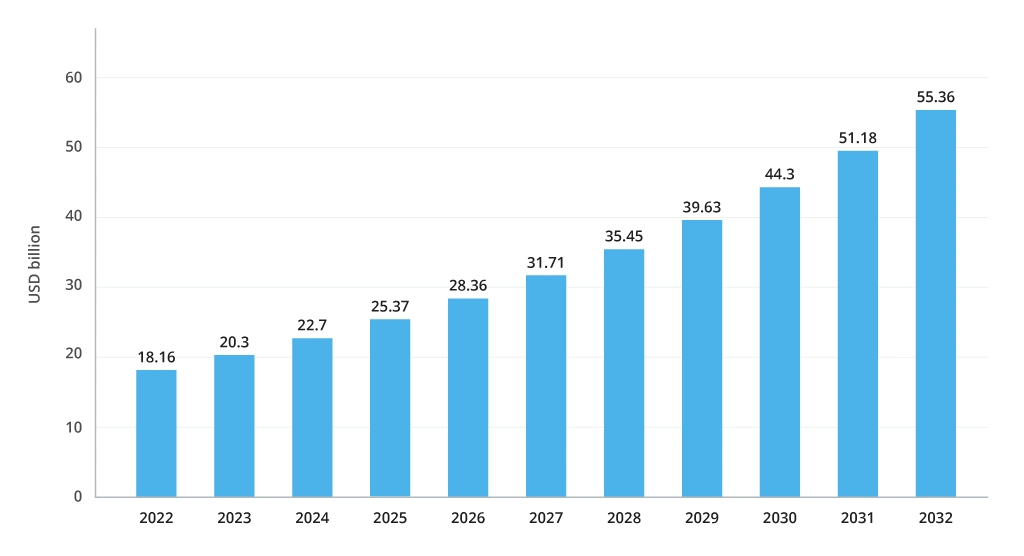
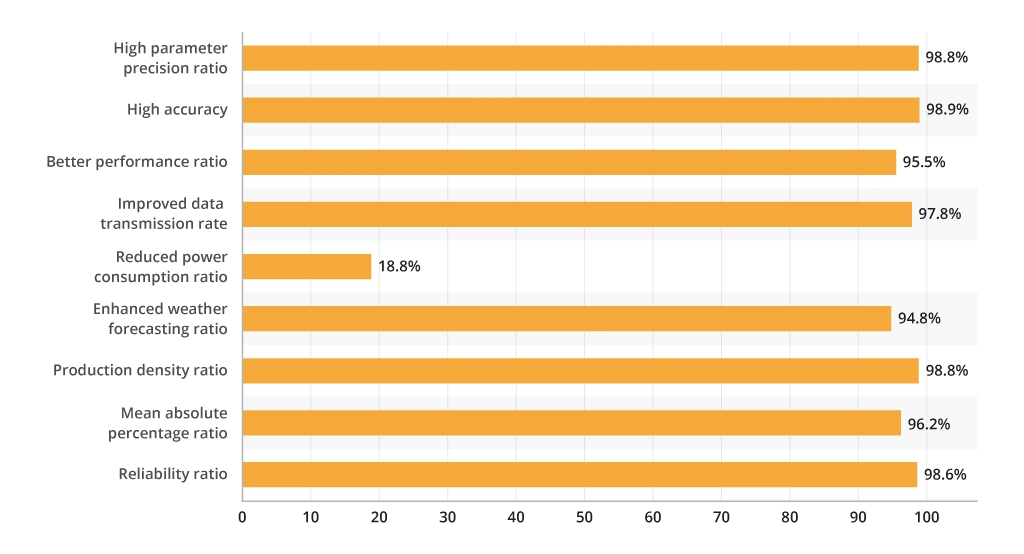
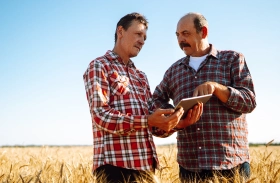

![CX with Virtual Assistants in Telecom [thumbnail]](/uploads/media/280x222-how-to-improve-cx-in-telecom-with-virtual-assistants.webp)
![Generative AI and Power BI [thumbnail]](/uploads/media/thumbnail-280x222-generative-AI-and-Power-BI-a-powerful.webp)
![AI for Risk Assessment in Insurance [thumbnail]](/uploads/media/aI-enabled-risk-assessment_280x222.webp)
![Super Apps Review [thumbnail]](/uploads/media/thumbnail-280x222-introducing-Super-App-a-Better-Approach-to-All-in-One-Experience.webp)
![IoT Energy Management Solutions [thumbnail]](/uploads/media/thumbnail-280x222-iot-energy-management-benefits-use-сases-and-сhallenges.webp)
![5G Network Holes [Thumbnail]](/uploads/media/280x222-how-to-detect-and-predict-5g-network-coverage-holes.webp)

![How to Reduce Churn in Telecom [thumbnail]](/uploads/media/thumbnail-280x222-how-to-reduce-churn-in-telecom-6-practical-strategies-for-telco-managers.webp)
![Automated Machine Data Collection for Manufacturing [Thumbnail]](/uploads/media/thumbnail-280x222-how-to-set-up-automated-machine-data-collection-for-manufacturing.webp)
![Money20/20 Key Points [thumbnail]](/uploads/media/thumbnail-280x222-humanizing-the-fintech-industry-money-20-20-takeaways.webp)